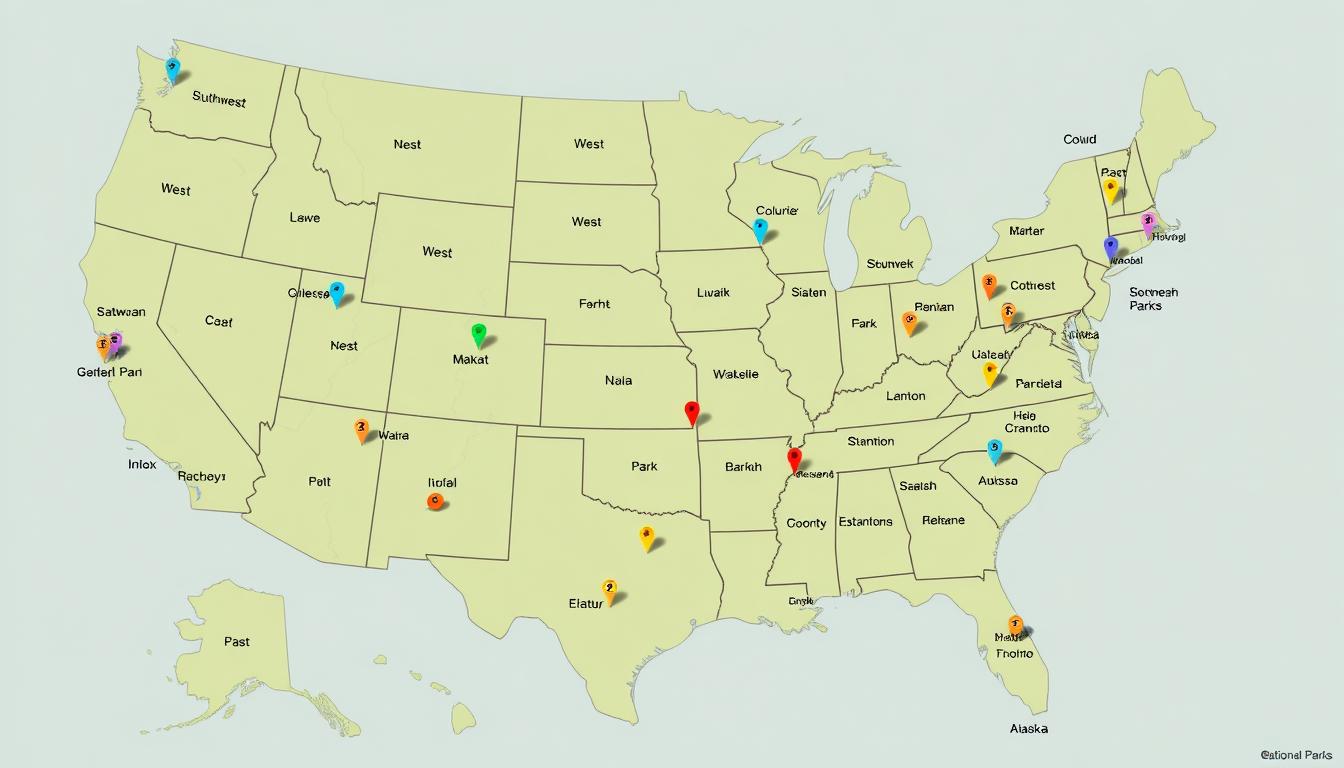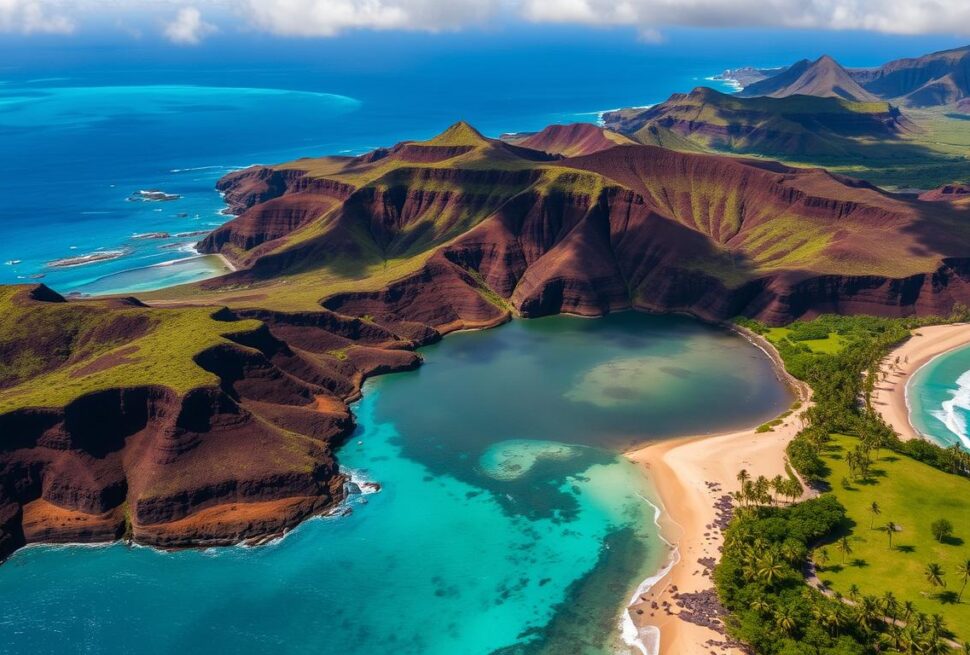From the towering sequoias of Yosemite to the breathtaking depths of the Grand Canyon, America’s national parks showcase nature’s most spectacular wonders. This comprehensive USA national parks guide will help you navigate the country’s 63 national parks with regional breakdowns, essential planning tips, and a complete packing list to ensure your adventure is unforgettable.
USA National Parks by Region
America’s national parks are diverse ecosystems spread across the country. We’ve organized this USA national parks guide by region to help you plan trips that maximize your experience while minimizing travel time.
Western National Parks
The American West boasts some of the most iconic landscapes in the national park system, from ancient redwoods to dramatic coastlines.
Yosemite National Park
Famous for its towering waterfalls, ancient sequoias, and vast wilderness. Don’t miss Half Dome, El Capitan, and Glacier Point for spectacular valley views.
Olympic National Park
Experience three distinct ecosystems: temperate rainforest, wild coastline, and alpine meadows. Must-see attractions include Hurricane Ridge, Hoh Rainforest, and Ruby Beach.
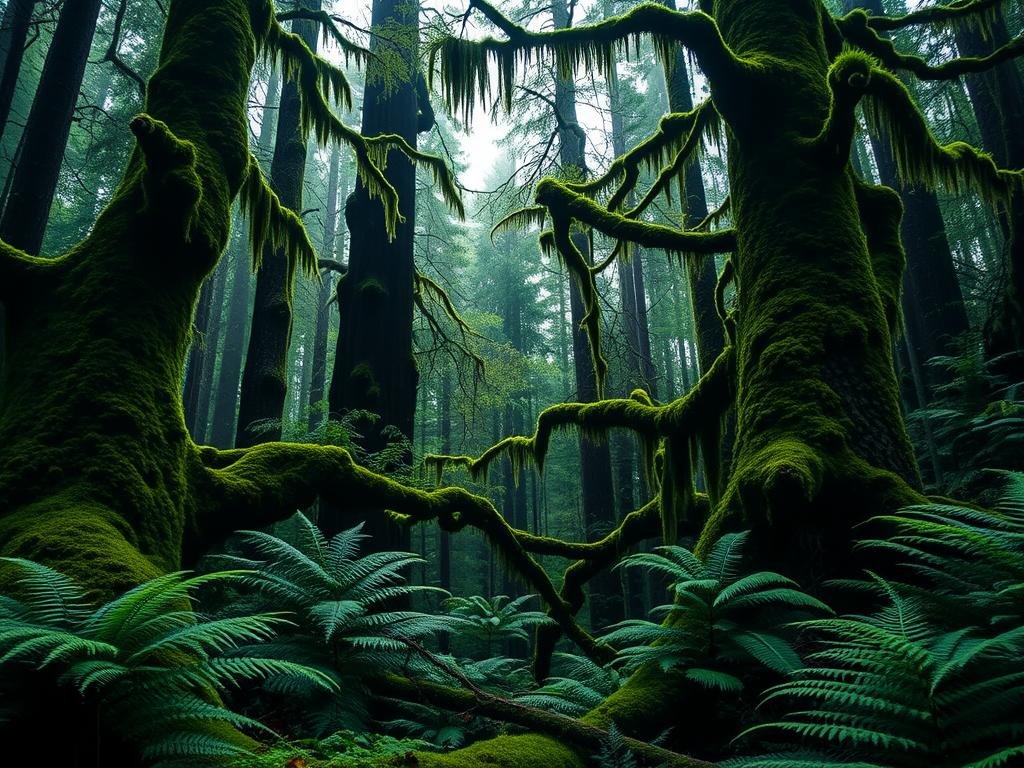
Southwest National Parks
The American Southwest features dramatic red rock formations, deep canyons, and unique desert landscapes that showcase millions of years of geological history.
Grand Canyon National Park
This natural wonder stretches 277 miles with breathtaking vistas from both North and South Rims. Sunrise at Mather Point and sunset at Hopi Point offer unforgettable experiences.
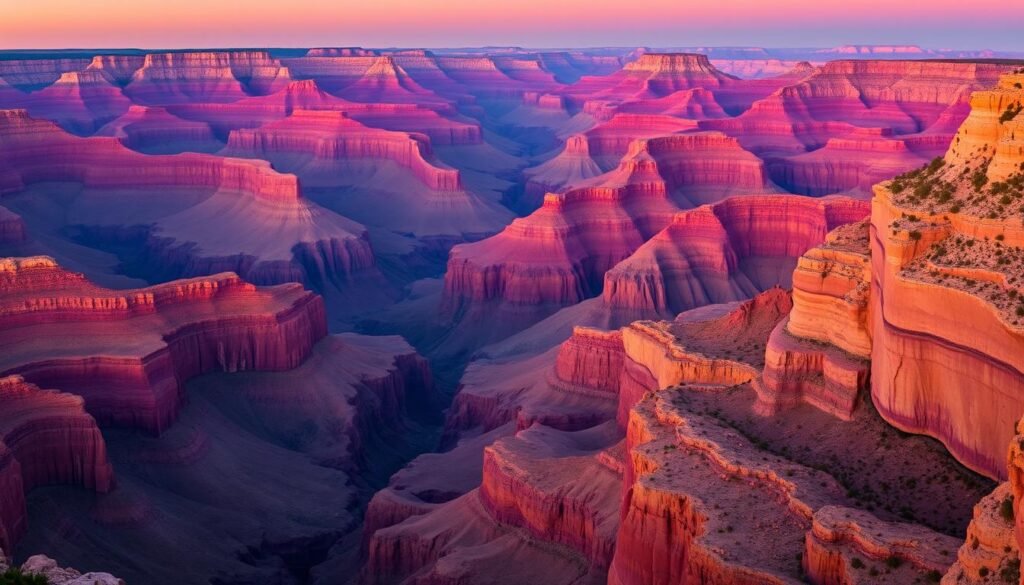
Zion National Park
Known for its towering sandstone cliffs and narrow slot canyons. The Narrows and Angels Landing hikes provide thrilling adventures and spectacular views.
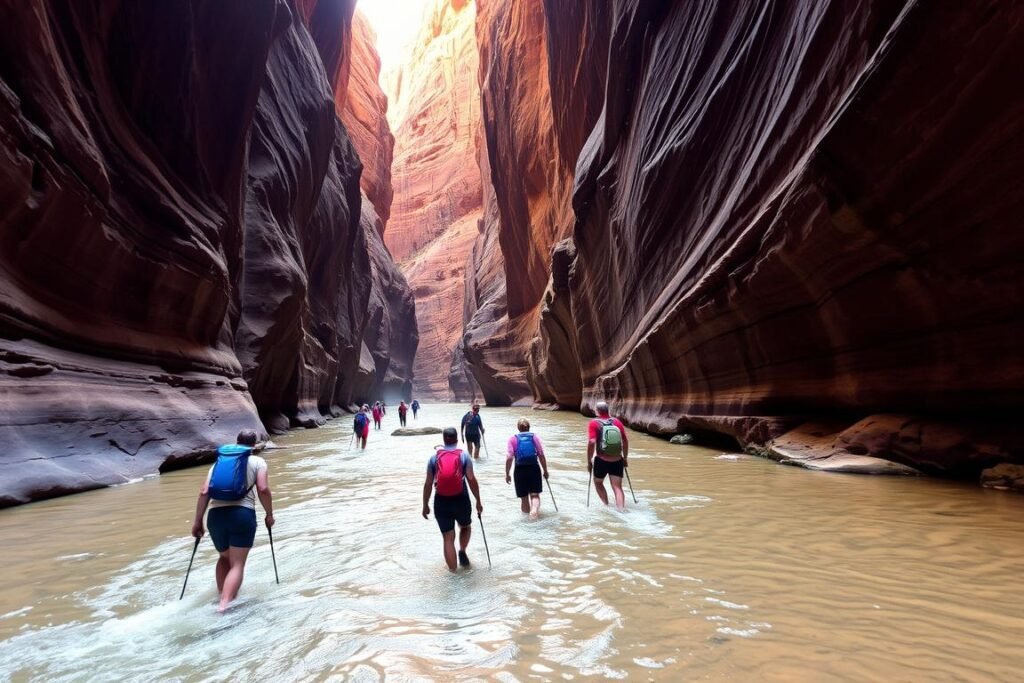
Midwest National Parks
Though fewer in number, the Midwest’s national parks offer unique landscapes from shorelines to caves.
Voyageurs National Park
A water-based park with interconnected waterways perfect for canoeing and kayaking. The park offers exceptional stargazing and northern lights viewing opportunities.
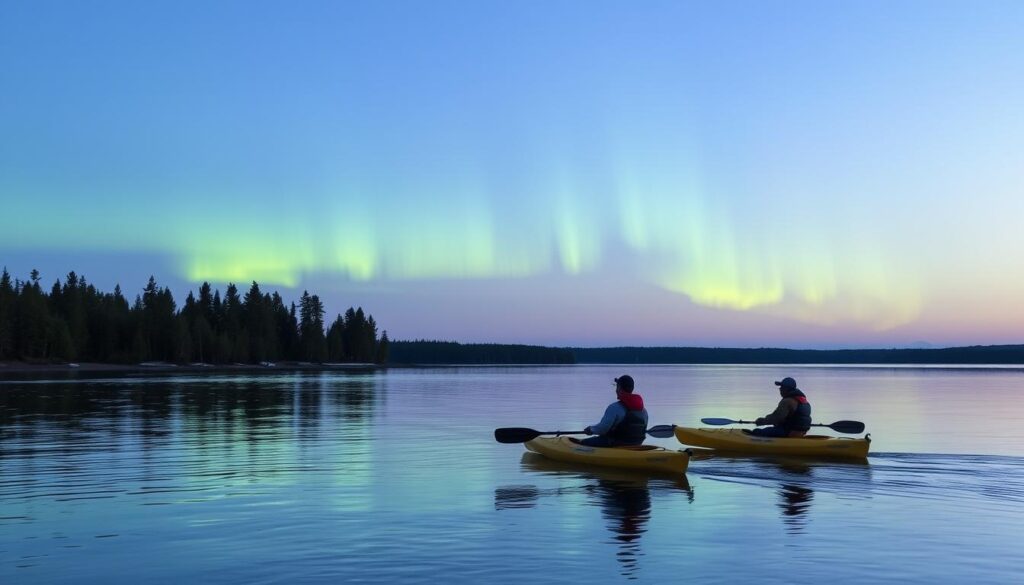
Isle Royale National Park
An isolated island wilderness in Lake Superior, accessible only by boat or seaplane. Offers unparalleled solitude, wolf and moose populations, and 165 miles of hiking trails.
Eastern National Parks
The eastern United States features parks with rich biodiversity, historic significance, and stunning mountain landscapes.
Acadia National Park
Maine’s coastal gem offers rocky shorelines, woodland, and granite peaks. Cadillac Mountain’s summit is the first place to view sunrise in the United States from October to March.
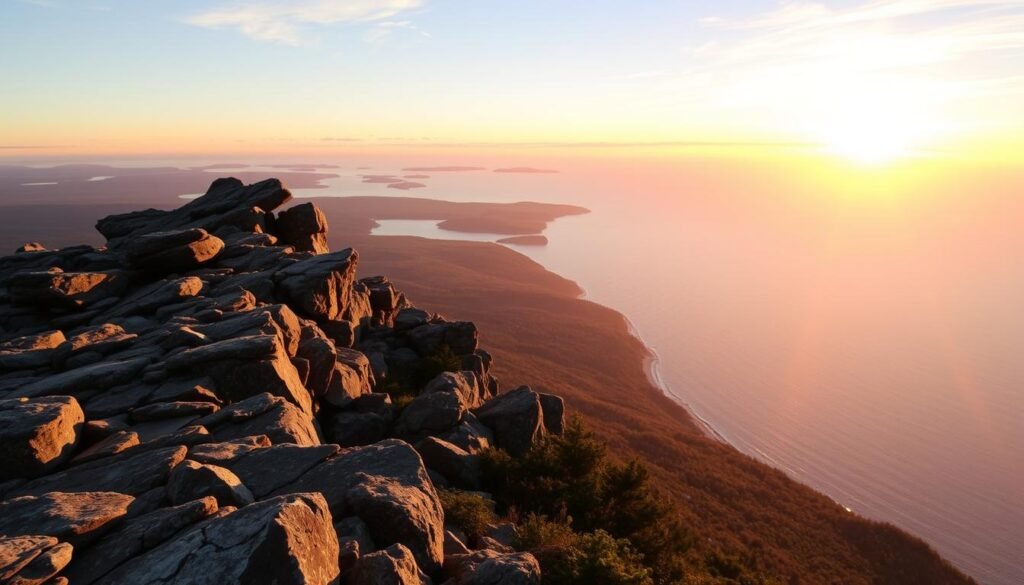
Great Smoky Mountains National Park
America’s most visited national park straddles Tennessee and North Carolina with ancient mountains, diverse wildlife, and historic homesteads. Clingmans Dome and Cades Cove are must-visit attractions.
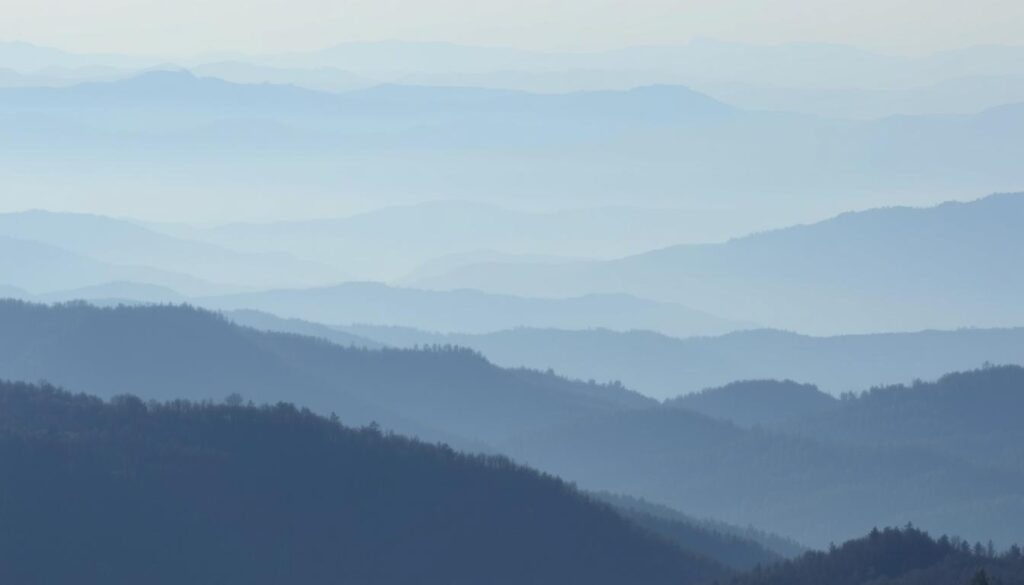
Alaska National Parks
Alaska’s vast wilderness contains some of America’s most remote and pristine national parks.
Denali National Park
Home to North America’s highest peak and six million acres of wild landscape. Wildlife viewing opportunities include grizzly bears, wolves, moose, and caribou.
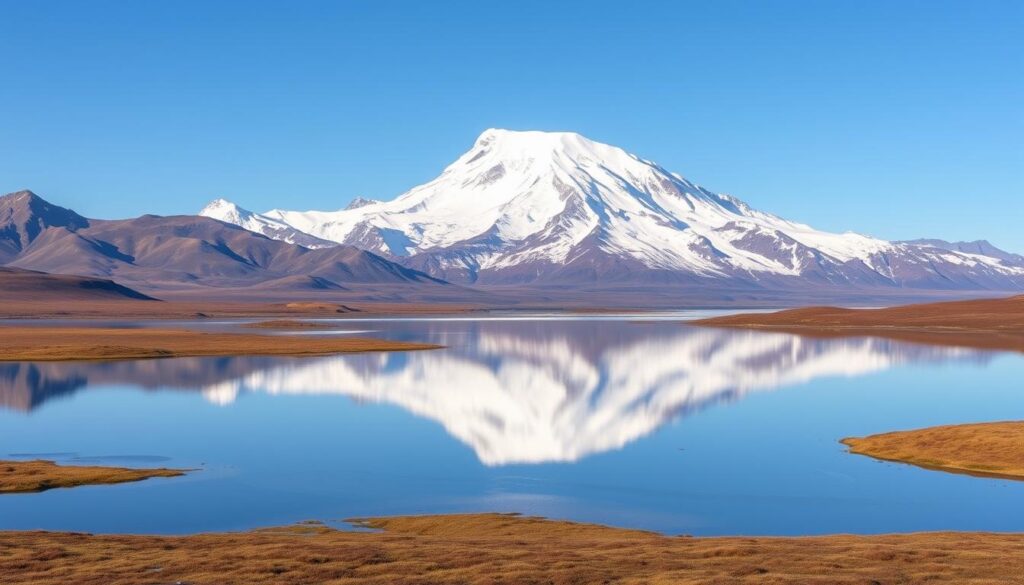
Glacier Bay National Park
A marine wilderness with tidewater glaciers, snow-capped mountains, and deep fjords. Best experienced by boat to witness calving glaciers and marine wildlife.
Hawaii National Parks
Hawaii’s national parks showcase the islands’ volcanic origins and unique ecosystems.
Hawaii Volcanoes National Park
Experience the raw power of Kīlauea and Mauna Loa, two of the world’s most active volcanoes. The Crater Rim Drive and Chain of Craters Road offer spectacular volcanic landscapes.
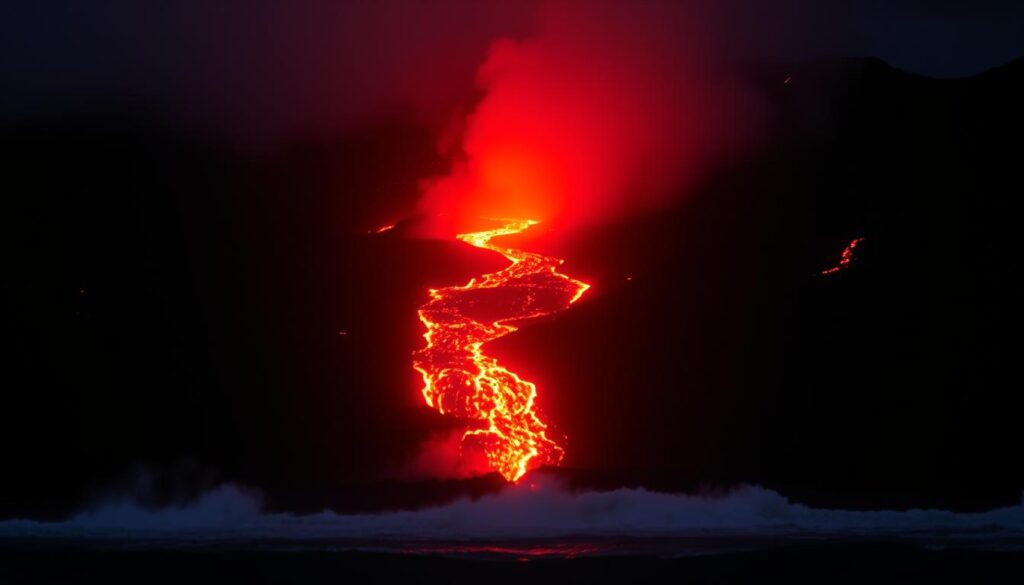
Haleakalā National Park
Maui’s dormant volcano offers otherworldly landscapes and spectacular sunrises. The summit area resembles a lunar landscape, while the Kīpahulu District features lush rainforest and waterfalls.
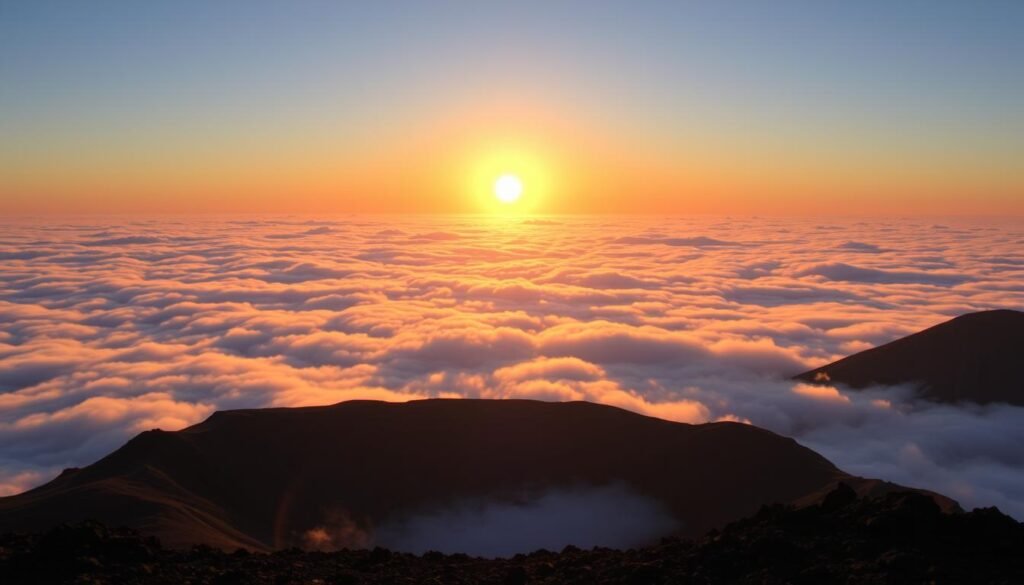
Essential USA National Parks Guide: Planning Tips
Best Times to Visit
Most national parks are busiest during summer months (June-August). For fewer crowds and pleasant weather, consider visiting during “shoulder seasons”:
- Spring (April-May): Wildflowers blooming, waterfalls at peak flow
- Fall (September-October): Cooler temperatures, beautiful foliage, active wildlife
- Winter (November-March): Solitude in snow-covered landscapes (though some facilities close)
Permit Requirements
Many popular activities and destinations require advance permits:
- Backcountry camping permits (often available 6 months ahead)
- Day hike permits for popular trails (Half Dome, The Narrows, etc.)
- Vehicle reservations during peak seasons (Yosemite, Rocky Mountain, etc.)
- America the Beautiful Pass ($80) for entry to all national parks for one year
Safety Considerations
National parks contain wild, unpredictable environments:
- Wildlife: Maintain safe distances (100 yards from bears, 25 yards from other wildlife)
- Weather: Check forecasts daily and prepare for sudden changes
- Navigation: Carry physical maps as cell service is limited or nonexistent
- Water: Bring sufficient water (1 gallon per person per day in desert parks)
USA National Parks Guide Pro Tip
Download the official NPS App before your trip. It offers offline maps, self-guided tours, and up-to-date information about facilities and trail conditions for all 63 national parks.
Ultimate National Parks Packing List
Proper preparation ensures comfort and safety during your national park adventures. This comprehensive USA national parks guide includes essential gear recommendations for any park visit.
Hiking Essentials
Quality Hiking Boots
Sturdy, waterproof hiking boots with ankle support are essential for navigating varied terrain. Look for Vibram soles for better traction on slippery surfaces and rocky trails.
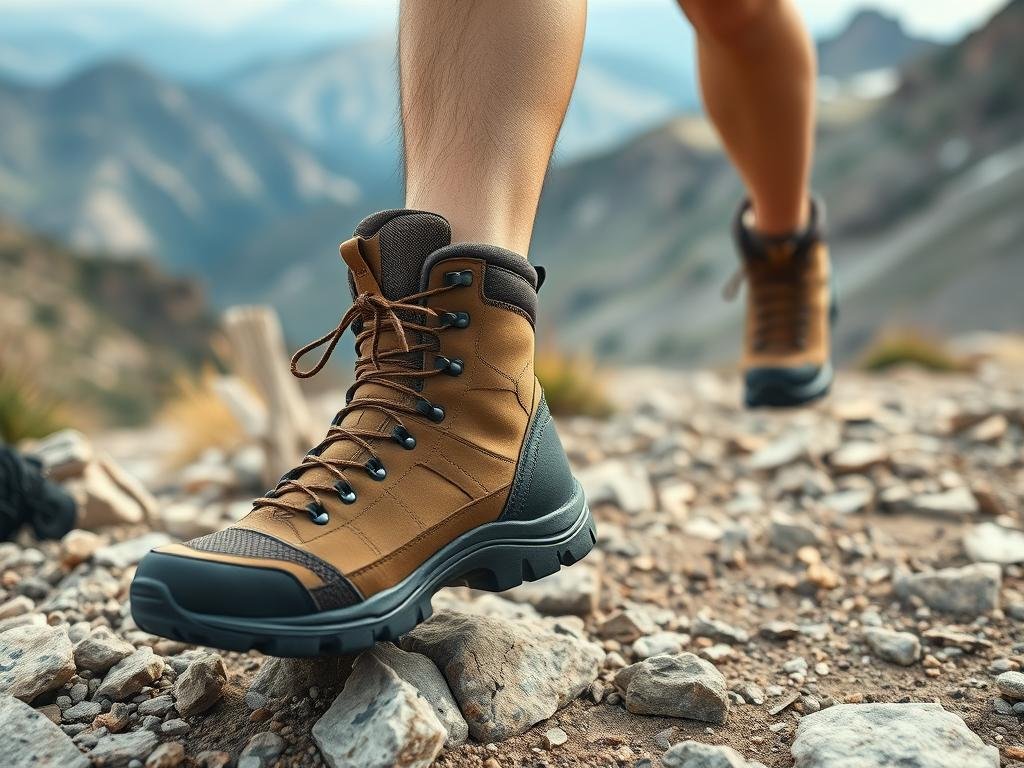
Durable Backpacks
A good daypack (20-30L) keeps essentials accessible while distributing weight comfortably. Look for padded shoulder straps, multiple compartments, and a hydration sleeve.
Camping Equipment
Weather-Resistant Tents
For overnight stays, a quality tent protects against elements while providing a comfortable sleeping space. Consider seasonality, capacity, and weight based on your specific needs.
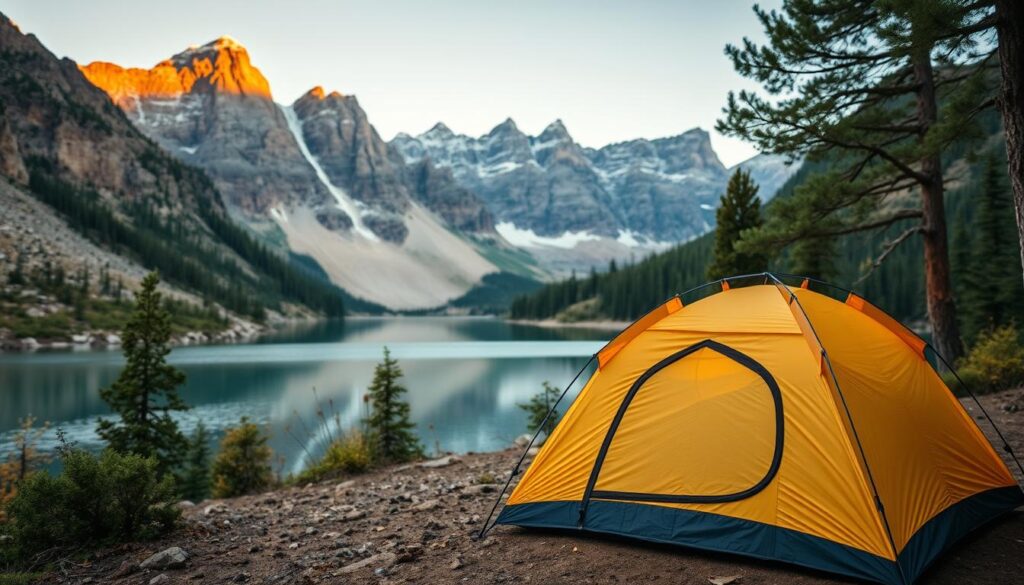
Essential Accessories
Hydration
- Reusable water bottles (32oz minimum)
- Water filtration system for backcountry trips
- Hydration bladder for longer hikes
Navigation & Safety
- Physical maps (don’t rely solely on digital)
- Compass and GPS device
- First aid kit with blister treatment
- Emergency whistle and signaling mirror
Clothing Layers
- Moisture-wicking base layers
- Insulating mid layers (fleece or down)
- Waterproof/windproof outer shell
- Hat, gloves, and extra socks
Sun Protection
- Broad-spectrum sunscreen (SPF 30+)
- UV-blocking sunglasses
- Wide-brimmed hat or cap
- UPF-rated clothing for extended exposure
“Take only pictures, leave only footprints, kill only time.”
Practicing Sustainable Tourism in National Parks
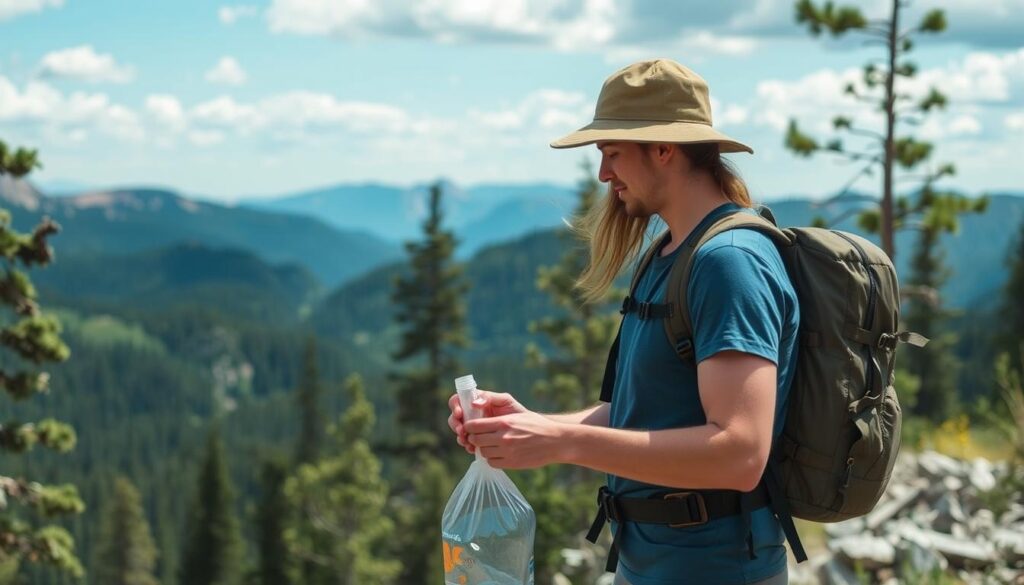
Our national parks face increasing pressure from visitor impact. This USA national parks guide encourages responsible tourism through these practices:
Leave No Trace Principles
- Plan ahead and prepare for your visit
- Travel and camp on durable surfaces
- Dispose of waste properly (pack it in, pack it out)
- Leave what you find (no collecting)
- Minimize campfire impacts
- Respect wildlife and maintain distance
- Be considerate of other visitors
Supporting Conservation
- Purchase park passes to fund maintenance
- Volunteer for park service projects
- Donate to organizations like the National Park Foundation
- Participate in citizen science programs
- Share responsible practices with fellow visitors
Official National Park Resources
For the most current information on park conditions, permits, and programs, visit the official National Park Service website.
Embark on Your National Park Adventure
America’s national parks offer some of the most awe-inspiring landscapes on earth. With this comprehensive USA national parks guide, you’re now equipped to plan unforgettable adventures across these protected treasures. From the misty mountains of the Great Smokies to the towering sequoias of California, these parks preserve our natural heritage for future generations.
Remember that proper planning, responsible tourism, and the right equipment are key to a safe and enjoyable experience. Whether you’re a first-time visitor or a seasoned park explorer, the wonder of America’s national parks awaits your discovery.
Ready for Your Adventure?
Prepare for your next national park trip with quality gear that will enhance your experience and last for years to come.

